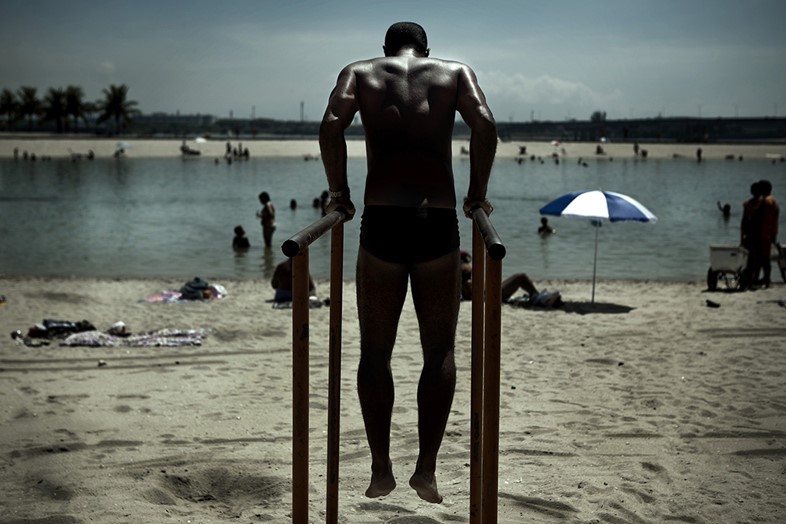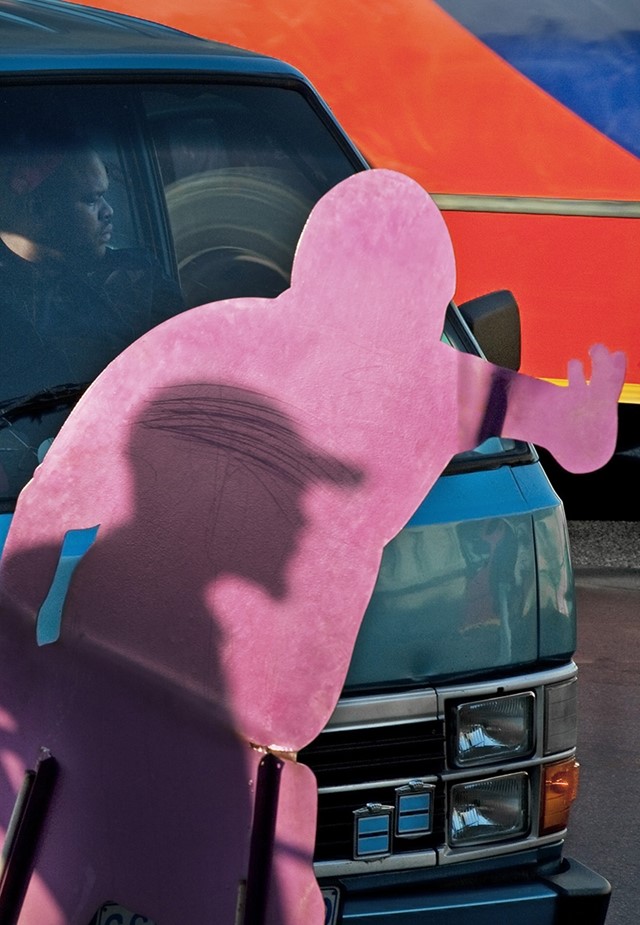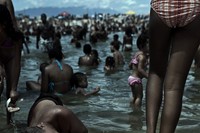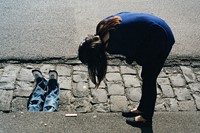On World Photo Day, AnOther celebrates a new book that provides a powerfully personal world view via the eyes of street photographers
In 1838, Louis Daguerre took what is widely believed to be the first photograph of a human figure. His camera was set up overlooking a busy street in Paris, but due to an incredibly slow development time, the avenue is shown as empty of people, bar a man having his shoes shined in the bottom left hand corner. Due to their leisurely pace, their figures were cemented on the lens, a blurry, ghostly record of humanity from a former time.
Back when Daguerre preserved his fastidious gentleman for posterity, people saw and understood the world beyond their shores via illustrations, stories and legends. The arrival of photography allowed for a measure of verisimilitude that was incogitable in the 19th century, making it possible to increase the wider understanding of the world’s most remote places. Flick forward to today, and Google Earth can hover you over the Arctic in a matter of moments and once impenetrable corners of the Amazon tumble lazily down aspirational blog feeds. Photography has opened up the world, encouraging exploration and increasing understanding. Somewhere, there is a photo of everywhere you might want to see.

But is this the point? Just because you can see anywhere in the world, doesn’t mean you can understand it. Today, nearly 200 years on from the first photo, the internet celebrates World Photo Day in a flurry of visual excitement, and a new book, titled The World Atlas of Street Photography, is released by Thames & Hudson. Jackie Higgins’ work is an eye-opening consideration of the relentless sprawl of urbanity that is expanding across the world, done through the stunningly varied and conflicting work of street photographers in their cities. Sophie Calle’s stalk through Venice is matched with Massimo Vitali’s glossy realism; Sabelo Mlangeni’s monochromatic Johannesburg, rife with history and melancholy vs Nontsikelelo Veleko’s vibrant street style shots; the lurking shadows of Ying Tang’s Shanghai vs the flurries of contemporary humour of Birdhead. Where once the boundaries of country and culture were denoted by contours, names and dimensions, here as the book journeys across the globe, it creates a new type of atlas, one that builds its picture of the world through the private perspectives of its selected artists.
The World Atlas of Street Photography is out on September 8, published by Thames & Hudson.
Text by Tish Wrigley






